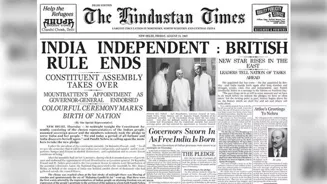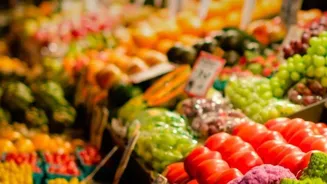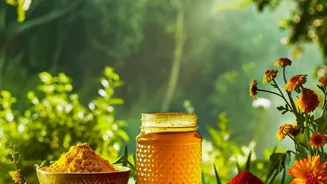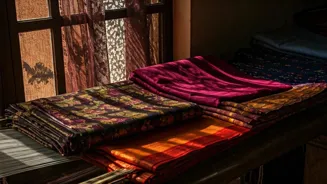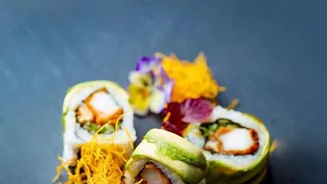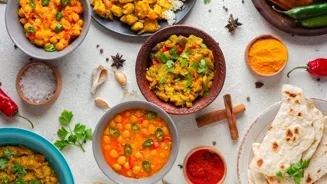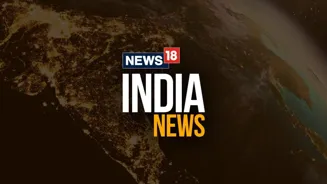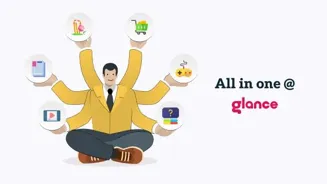Travel back to 1947: where simplicity ruled, and spirit soared!
As India awoke to freedom on August 15, 1947, its people celebrated not with grand parties
or elaborate feasts, but with simplicity, pride, and an unshakable sense of unity. While the political landscape shifted dramatically, everyday Indians were living lives deeply rooted in tradition, resilience, and minimalism. Let’s rewind to 1947 and explore what Indians were eating, wearing, and listening to when the tricolour rose high for the first time.
What Was Cooking in 1947? A Nation on a Modest Plate
Forget fancy menus or fusion cuisines, food habits in 1947 was humble, local, and seasonal. India was just emerging from the devastating Bengal Famine of 1943, and food security was a national concern. Meals were mostly vegetarian, especially in middle-class and rural households.
Staples included millets, rice, lentils, and vegetables grown in backyard gardens. Dishes like khichdi, dal-roti, poha, and sabzi ruled the daily diet. Oil and sugar were often rationed, and refrigeration was a luxury!

In villages, clay ovens (chulhas) were used to cook rotis and baingan bharta, while towns witnessed community kitchens popping up to serve partition refugees. Despite the scarcity, the food used to be rich in flavour, thanks to home-ground masalas and grandmother’s secrets.
Celebration food on August 15, 1947? Likely a bowl of kheer or halwa made with whatever little was available, because sweetening freedom was non-negotiable.
Freedom in Fabric: What Indians Wore in 1947
Fashion in 1947 wasn’t about trends; it was a large political statement. The Swadeshi Movement had made wearing khadi a badge of patriotism. Whether you were a working professional, a homemaker, or a student, chances are people proudly wore handspun cloth.
Men used to wear dhotis, kurta-pajamas, and famous Nehru jackets, often stitched from coarse white khadi. Women draped cotton sarees, many of them handwoven and dyed in earthy tones. Blouses were simple, and jewellery was minimal; modesty met nationalism in every outfit.

Interestingly, partition brought sartorial diversity. Refugees from Punjab, Sindh, and Bengal brought their vibrant textiles including phulkari, kantha, bandhej, enriching India’s fashion fabric.
And let’s not forget the children, proudly wearing tricolour badges pinned to their tiny kurtas on August 15, waving hand-stitched flags.
Tunes of Triumph: What People Were Listening To in 1947
Before streaming apps, Indians tuned into All India Radio (AIR). Radios were rare and often found in public squares, schools, or the homes of wealthier families. On the night of independence, millions gathered to hear Pandit Nehru’s “Tryst with Destiny” speech broadcast live, a moment forever etched in auditory history.
Musically, patriotic songs filled the air. “Vande Mataram,” “Jana Gana Mana”, and “Ae Mere Watan Ke Logon” resonated across gatherings. Classical music thrived too, with stalwarts like MS Subbulakshmi and Pandit Ravi Shankar influencing the airwaves.

Gramophones played Hindi film songs from the then movies like Jugnu, Do Bhai, and Dard. Playback singers like Noor Jehan, Suraiya, and K.L. Saigal were household names. Music acted as a balm, stitching the wounds of partition while celebrating the joy of freedom.
Threads of Change: A Culture in Transition
The India of 1947 tells the story of resilience and reinvention. Families displaced by partition carried their favourite recipes, songs, and saris into new cities, blending cultures in ways that would define Indian identity in the decades to come.
There was a raw flavour in the way people lived; conscious of every grain they cooked, every dress they wore, and every note they hummed. Independence wasn’t about extravagance. It was about holding onto roots while embracing the change.

The Soul of 1947 Still Lives
Understanding 1947 isn’t about nostalgia; it’s a reminder of who we were and what we stood for. In modern era of fast fashion, instant food delivery, and viral tunes, it's grounding to remember the time when everything was slow, handmade, and meaningful.
Remember, our independence wasn’t just won in Parliament; it was lived in every Indian home. Through food cooked with rationed love, clothes spun with defiance, and songs sung with swelling pride, a new India was born.
On Independence Day today, perhaps wearing a handloom saree, cooking a family recipe from your grandma’s kitchen, or listening to those old songs creates the connection we lack today.
Rewind, recollect and rejoice - because the past has stitched every piece of the present.
